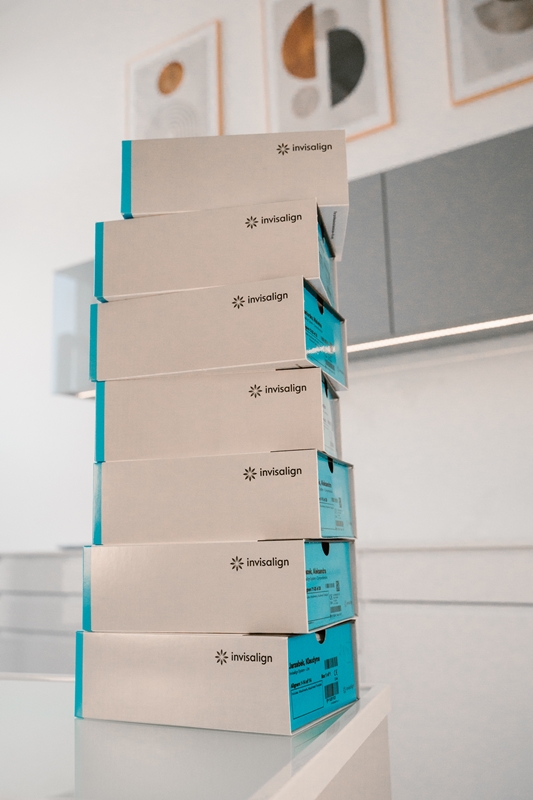
Invisalign Orthodontic Appliances
Orthodontic treatment based on the latest technologies – invisible Invisalign orthodontic appliances. Combining knowledge and years of experience with a focus on patient comfort.
Our clinic has achieved the status of an Invisalign Diamond Provider, confirming that we have the most experience in treating orthodontic patients with Invisalign appliances in northeastern Poland. In 2022, we were awarded the title of INVISALIGN DIAMOND APEX, reserved for the top 1% of the best INVISALIGN specialists worldwide.
Dr. Mateusz Falkowski began training in Invisalign clear aligner orthodontics in Mexico as early as 2014, where he treated his first patient using this method. He gained clinical experience with the best clear aligner orthodontic specialists from Italy, Germany, Mexico, and Thailand. Since 2016, he has been treating over 800 patients annually with the Invisalign method in the age group of 5-74 years old.
The course of Invisalign treatment at our clinic
The smile transformations at each of our Falkowski Dental Clinic locations are achieved through a close, standardized collaboration of our highly specialized team, including doctors, coordinators, hygienists, and patient caregivers.
We all operate according to a proprietary protocol in line with standards developed based on the extensive experience of Invisalign Diamond Doctor, Dr. Mateusz Falkowski.
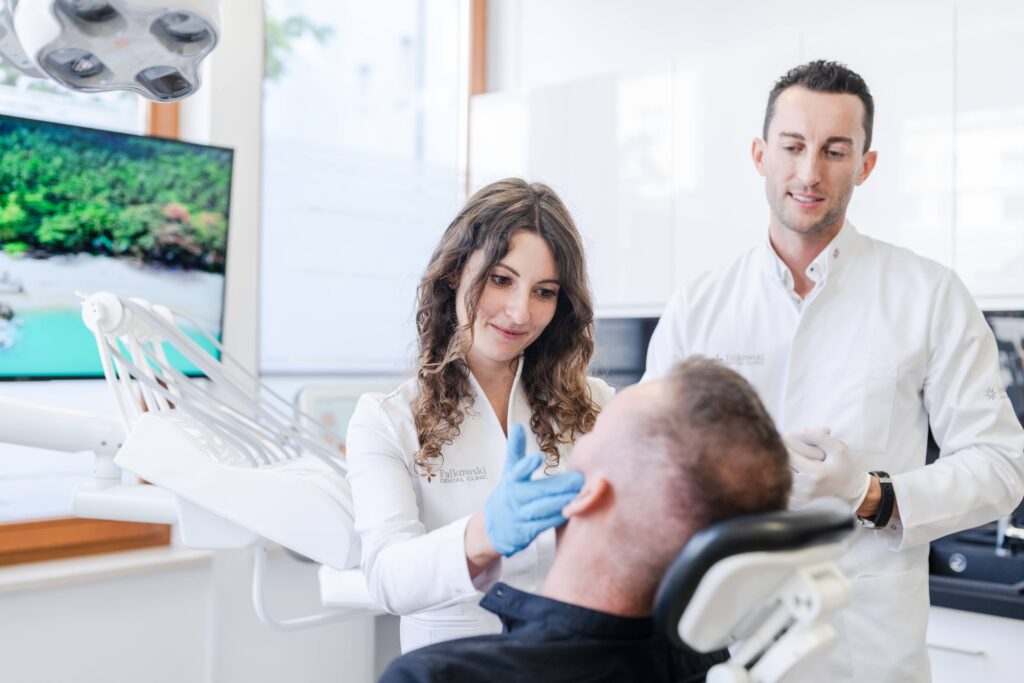
1. Orthodontic Consultation
Dental scans, X-rays (panoramic and cephalometric), and photographic documentation are obtained.
2. Patient Introduction to the Treatment Plan – ClinCheck
A computerized simulation of tooth movements is presented to the patient, illustrating the precise course of treatment. Treatment plan acceptance follows.
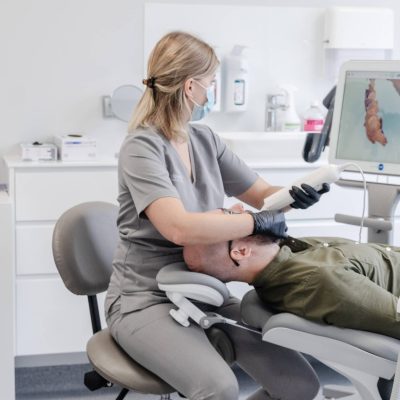

3. Treatment Commencement
Providing the Patient with Invisalign Aligners: Invisalign aligners are applied to the teeth, with the addition of clear composite attachments for aesthetics and force transmission.
4. Follow-up Visits
The frequency of visits depends on the type of condition and individual needs. Typically, adults are seen every 3-4 months, while children are seen every 2 months. During these visits, aligner fit, tooth movement relative to the plan, and additional scans or attachments are assessed as needed.
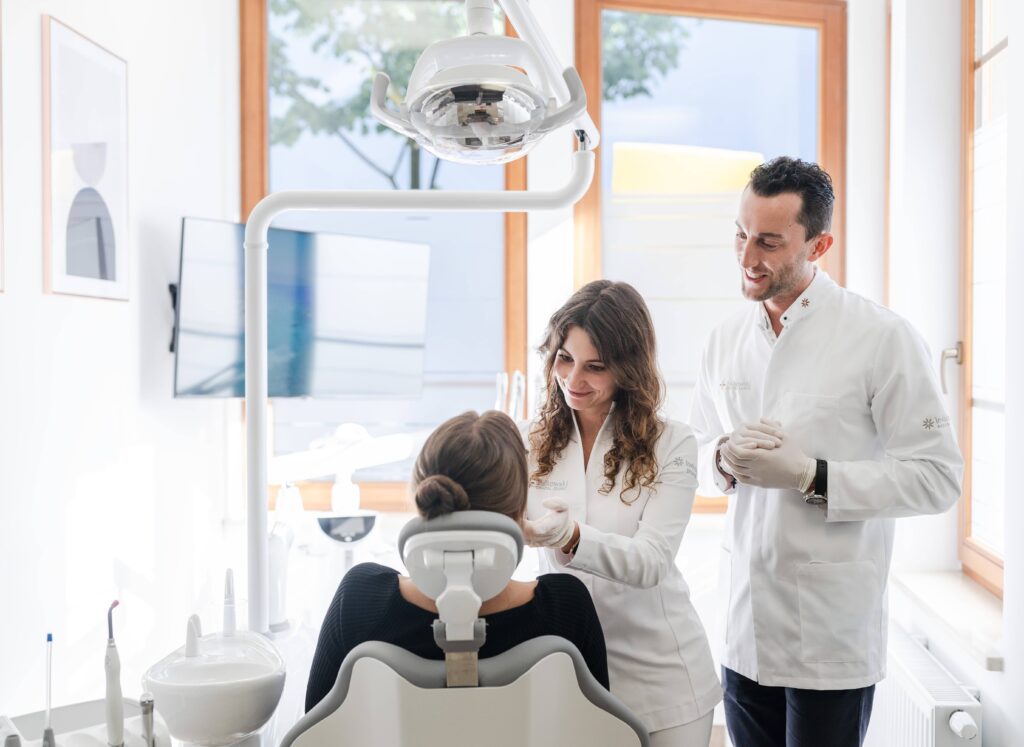
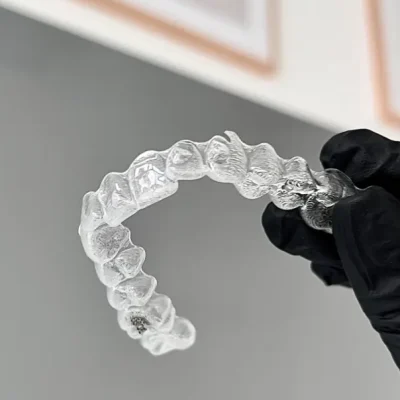
5. Treatment Conclusion
Attachment Removal, and Teeth Polishing: Retainer appliances are created. At the end of treatment, either a fixed retainer or Vivera removable retainers are provided.Vivera consists of 3 sets of identical aligners produced based on a final scan of the patient’s tooth positioning. The scan data is stored in the software memory, allowing for ordering additional retainer sets, e.g., if all three are los.
6. Retention Check-Up Visits After Treatment Conclusion
We place great importance on the quality of care and effective treatment for each malocclusion. Throughout the treatment process, the patient is under the care of an Invisalign coordinator and the lead Invisalign doctor at their chosen location, with whom they have direct contact if needed. In cases of emergencies, both the coordinator and the doctor are available to the patient on the same or the following day. Each treatment plan (ClinCheck) is created by Dr. Mateusz Falkowski according to a proprietary protocol based on years of experience with Invisalign treatments
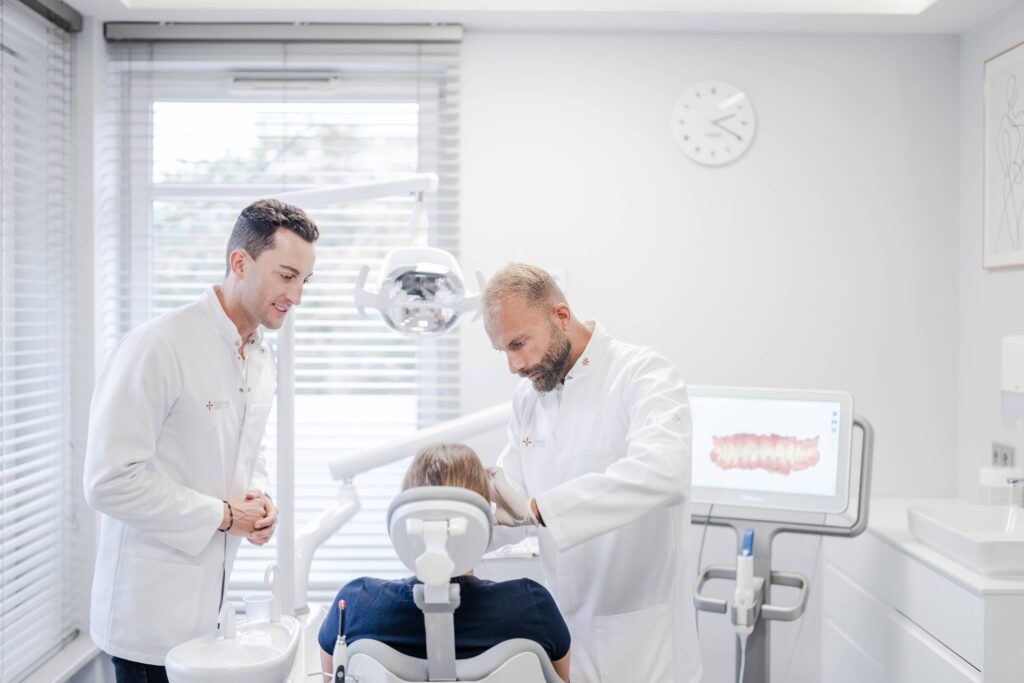
FAQ
Characteristics of Invisalign Aligners
- Effectiveness and Precision of Treatment: Each Invisalign aligner is custom-made based on a digital scan. Computerized treatment planning allows the doctor to guide tooth movement with significantly greater precision.
- Shorter Treatment Time (40-50%): Invisalign aligners provide a slow but highly precise tooth movement.
- Comfort: Invisalign aligners can be removed for a total of two hours per day, providing comfort while eating meals without the appliance.
- Hygiene: The aligners can be removed for cleaning and flossing teeth. Additionally, patients change to new aligners every week.
- Attractive Price: For mild malocclusions, the total cost of treatment can be lower than treatment with traditional fixed braces. For significant malocclusions, the total cost is only about 15-25% higher than traditional braces.
- Remote Treatment Capability for International Patients: Invisalign allows for check-ups every 3-4 months, reducing the need for frequent in-person appointments compared to traditional braces, which typically require visits every 4-6 weeks. Invisalign aligners are less prone to issues compared to traditional braces. In some cases, patients can be prepared for treatment on their first visit, and aligners can be sent to their place of residence. In selected cases, 2-3 visits may be sufficient to complete thorough orthodontic treatment.
Can we treat children with Invisalign aligners?
Absolutely. Depending on the type of malocclusion, early treatment is often recommended. Invisalign First is indicated for early orthodontic intervention in children aged 6-10 years. Children are very willing to wear Invisalign, which, compared to traditional acrylic removable appliances, provides much greater comfort. Most importantly, it is worn for 22/24 hours a day, which translates to treatment effectiveness and satisfaction for both the parent and, most importantly, the child.
Treating adolescents during their growth period
Invisalign aligners are equipped with technologies specifically designed for adolescents to harness their growth spurt and treat significant skeletal abnormalities, often avoiding the need for surgical interventions in adulthood
Treatment of adult patients
Invisalign appliances offer both aesthetics and comfort. The aligners, crafted with advanced technology, provide an exceptionally smooth surface. Undergoing orthodontic treatment is inconspicuous to those around, and it is carried out without causing discomfort to the patient.
Treatment of periodontal patients
Teeth are gradually moved at a pace customized by the doctor. The aligner is changed weekly, allowing for slow and precise movement, positively affecting safety, bone regeneration, and soft tissue health.
What is included in the Invisalign aligners package cost?
The Invisalign package cost typically includes:
- Initial orthodontic consultation.
- X-ray imaging throughout the treatment process (panoramic X-rays, cephalometric X-rays, targeted X-rays).
- Computerized teeth scans.
- Follow-up appointments.
- The set of aligners necessary to correct the bite issue.
- Additional components required for orthodontic treatment, such as elastics or expanders.
